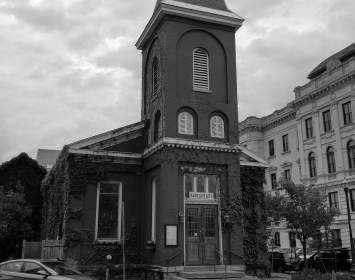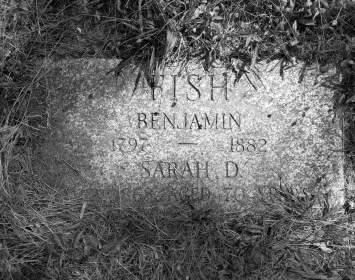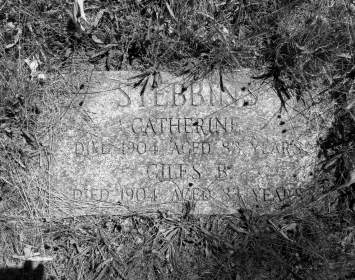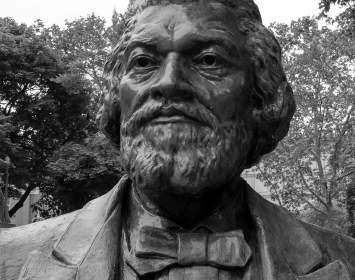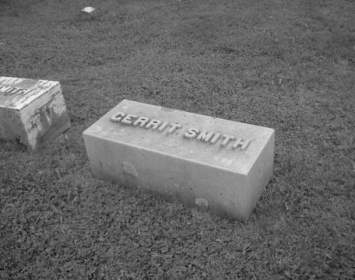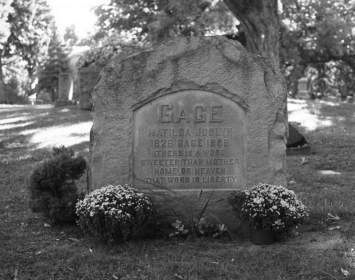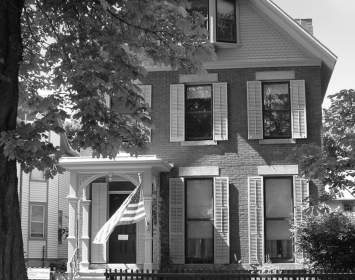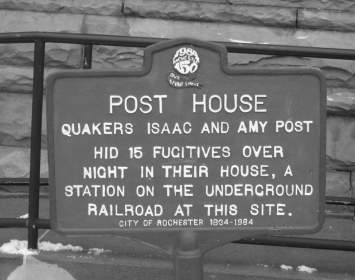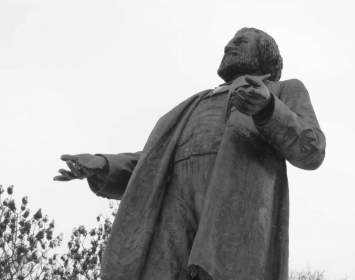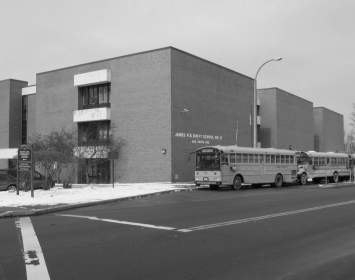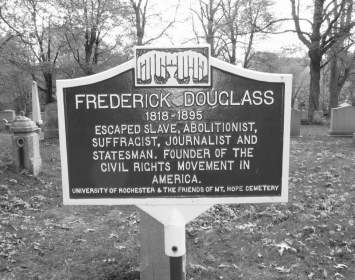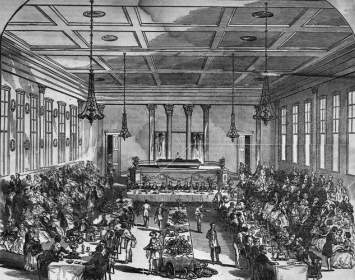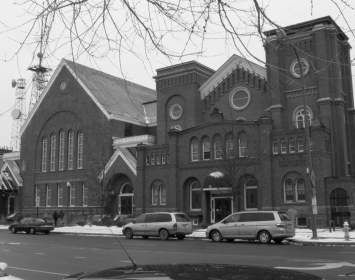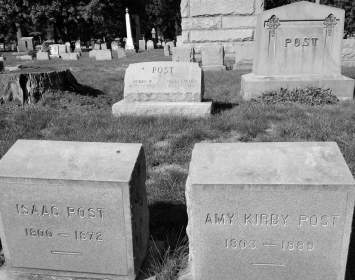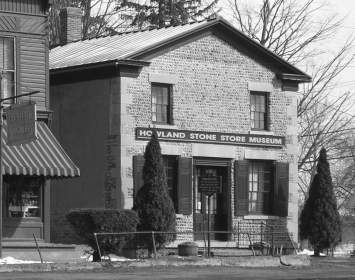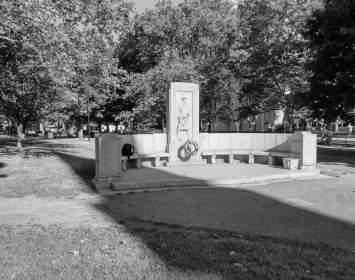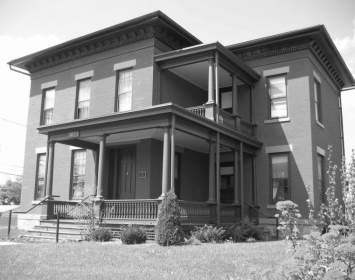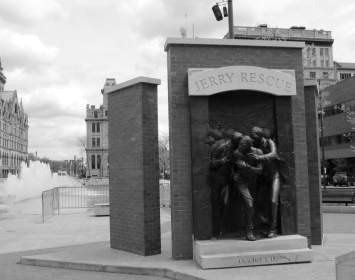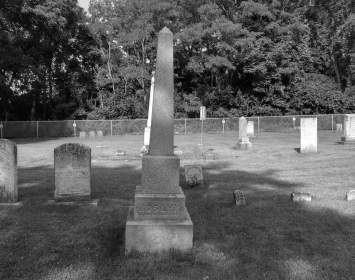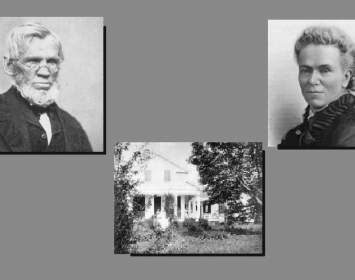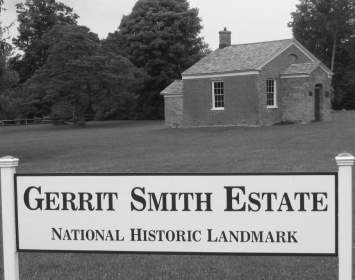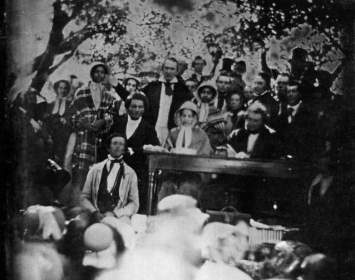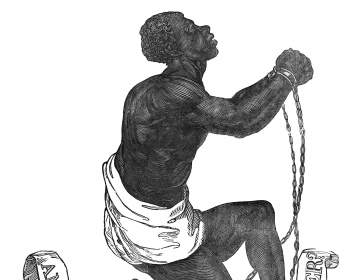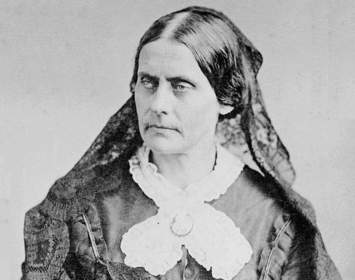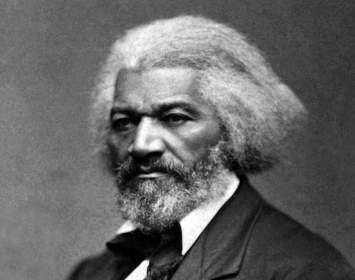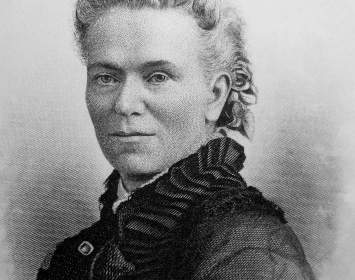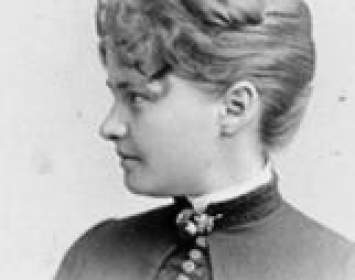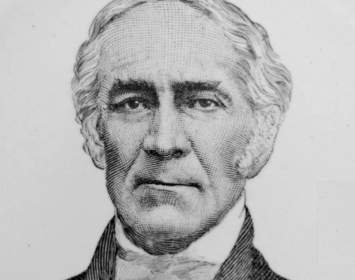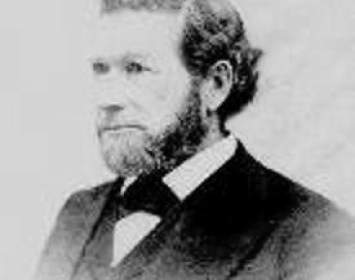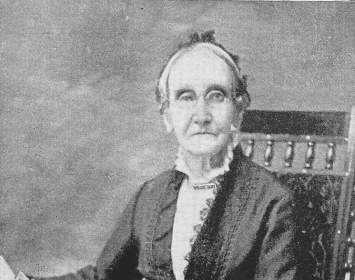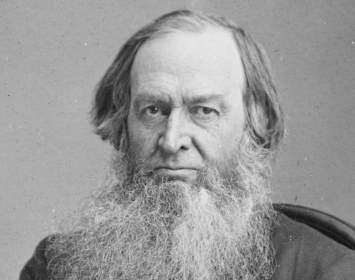Abolition Sites Trail
Custom
186.0 Miles
This trail extends from Rochester on the west to Peterboro on the east. With the exception of Corinthian Hall, unmarked sites are omitted. All other sites on this list include a gravestone, a historical marker, a historic structure, or a museum. Visitors seeking a shorter curated experience might wish to visit the Rochester-area sites in one outing and the other sites as a separate journey. The Peterboro sites have limited hours; call ahead or check online.
Popular understanding often associates abolitionism (the campaign to end slavery) with the churches. In fact, mid-nineteenth–century Christian churches were almost evenly divided on slavery. (Defenders could note that Jesus condoned slavery in the New Testament.) Moreover, important early abolitionists came from nonreligious backgrounds.
Slavery had been outlawed in Britain in 1772 and in the U.S. states north of Maryland between 1777 and 1804. These reforms were generally the work of political, not religious, activists. Prior to about 1840, those ministers who did embrace abolition work tended to be radicals, usually well to the left within liberal denominations such as the Unitarians and Quakers.
With its social ferment, its friendliness toward radical reform, and its proximity to the Canadian border, west-central New York State was home to many notable abolitionists. From his estate at Peterboro, millionaire activist-philanthropist Gerrit Smith personally funded abolitionist and Underground Railroad activities. For example, New York’s first completed public abolition meeting took place in Peterboro at Smith’s behest; its site now houses the National Abolition Hall of Fame and Museum. Other notable area activists included Charles De Berard Mills of Syracuse and Matilda Joslyn Gage of Fayetteville, both freethinkers.
Rochester was a special hotbed of abolitionist sentiment. The Quaker activists Isaac and Amy Post (1798–1872 and 1802–1889, respectively), former slave Frederick Douglass (1818–1895), and Susan B. Anthony frequently collaborated on abolition work. All participated in the Underground Railroad and at various times harbored escaped slaves in their homes. Syracuse-area activists, including Gerrit Smith, crystallized Northern resistance to the Fugitive Slave Act with the 1851 Jerry Rescue, freeing an escaped slave from police custody and guiding him to freedom in Canada. Also notable was Cicero’s Hezekiah Joslyn, father of Matilda Joslyn Gage.
Perhaps no quotation better captures the power of the freethinkers’ case against slavery than this fiery passage delivered by Frederick Douglass at Rochester’s long-lost Corinthian Hall: "I would say welcome infidelity! Welcome atheism! Welcome anything! In preference to the gospel as preached by those divines [i.e. clergy who defend slavery]! They convert the very name of religion into a barbarous cruelty."
